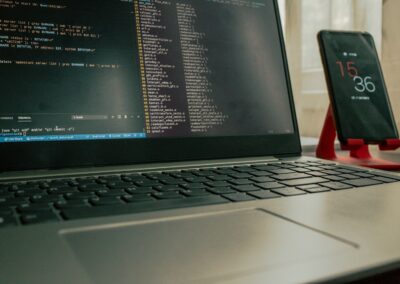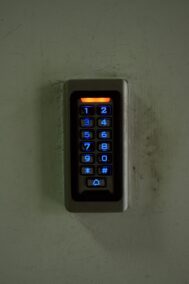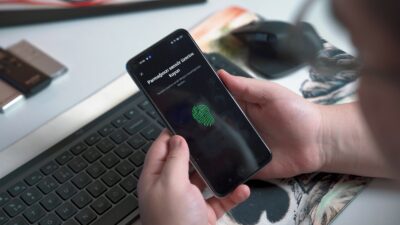Exploring the Intersection of Technology and Content Protection
In the rapidly evolving digital landscape, where information flows freely and digital assets hold immense value, access control systems have emerged as crucial tools for protecting intellectual property and enforcing content usage policies. These systems act as virtual gatekeepers, determining who can access, use, or share digital products, ensuring that content creators and owners retain control over their valuable assets. Let’s delve deeper into the world of access control systems and understand how they safeguard digital rights.
Defining Access Control Systems: The Digital Gatekeepers
Access control systems are essentially software or hardware-based mechanisms that regulate access to digital resources, such as software applications, online platforms, sensitive data, or multimedia content. These systems operate by authenticating users or devices based on predefined criteria, such as usernames, passwords, biometric data, or digital certificates. By verifying the identity and authorization level of each user, access control systems prevent unauthorized access and protect digital content from misuse or theft.
The Evolution of Access Control: From Passwords to Biometrics
Access control systems have evolved significantly over the years, adapting to the changing technological landscape and security threats. Initially, passwords were the primary method of authentication, but their vulnerability to hacking and social engineering attacks led to the development of more robust solutions. Today, access control systems leverage a wide range of authentication methods, including biometrics (fingerprint scanning, facial recognition), two-factor authentication (combining passwords with one-time codes), and smart cards. These advanced methods provide enhanced security and user convenience, making it harder for unauthorized individuals to gain access to protected digital resources.
Enforcing Content Usage Policies: Safeguarding Digital Rights
Access control systems play a vital role in enforcing content usage policies, ensuring that digital products are used in accordance with the terms and conditions set by their creators or owners. These policies can include restrictions on the number of times a digital product can be accessed, downloaded, copied, or shared. By implementing access control mechanisms, content providers can protect their intellectual property from unauthorized distribution, prevent revenue loss due to piracy, and maintain control over how their digital assets are used and consumed.
Digital Rights Management (DRM): The Cornerstone of Content Protection
Digital Rights Management (DRM) is a specific type of access control system that focuses on protecting copyrighted digital content. DRM technologies employ encryption, licensing, and authentication mechanisms to restrict access, copying, or modification of digital products. This ensures that content creators and owners retain control over their intellectual property, preventing unauthorized distribution and protecting their revenue streams. DRM solutions are widely used in the music, film, publishing, and software industries to safeguard digital assets and combat piracy.
The Future of Access Control: Embracing Blockchain and AI
The future of access control systems lies in the integration of emerging technologies, such as blockchain and artificial intelligence (AI). Blockchain, with its decentralized and immutable nature, can provide enhanced security and transparency in managing digital rights and permissions. AI-powered access control systems can leverage machine learning algorithms to analyze user behavior patterns, detect anomalies, and predict potential security threats, enabling proactive measures to protect digital assets.
Artificial Intelligence: Transforming Access Control
Artificial intelligence (AI) is revolutionizing access control systems by introducing intelligent automation and adaptive security measures. AI algorithms can analyze vast amounts of data, including user behavior, network traffic, and system logs, to identify potential security threats and vulnerabilities. By continuously learning and adapting, AI-powered access control systems can proactively detect and respond to unauthorized access attempts, ensuring that digital assets remain secure.
Biometric Authentication: The Power of AI-Driven Recognition
AI plays a crucial role in enhancing the accuracy and reliability of biometric authentication methods, such as fingerprint scanning and facial recognition. By leveraging machine learning algorithms, AI systems can analyze and compare biometric data with greater precision, reducing the risk of false positives or negatives. This ensures that only authorized individuals can gain access to sensitive information or critical systems, strengthening security measures and preventing unauthorized access.
Adaptive Authentication: Tailoring Security to the Individual
AI-powered access control systems can also implement adaptive authentication mechanisms, tailoring security measures to the individual user’s risk profile. By analyzing factors such as location, device, time of day, and user behavior, AI algorithms can dynamically adjust authentication requirements, providing stronger security measures when needed and minimizing friction for trusted users. This personalized approach ensures that security measures are both effective and user-friendly, striking the right balance between protection and convenience.
Conclusion: The Guardians of Digital Rights
Access control systems are more than just technological tools; they are the guardians of digital rights, ensuring that content creators and owners retain control over their valuable assets. By regulating access, enforcing content usage policies, and protecting intellectual property, these systems play a crucial role in maintaining a fair and sustainable digital ecosystem. As technology advances, access control systems will continue to evolve, adapting to new challenges and opportunities, ultimately shaping the future of digital rights management.
#accesscontrol #digitalrightsmanagement #contentusagepolicies #digitalproductaccess #informationsecurity























